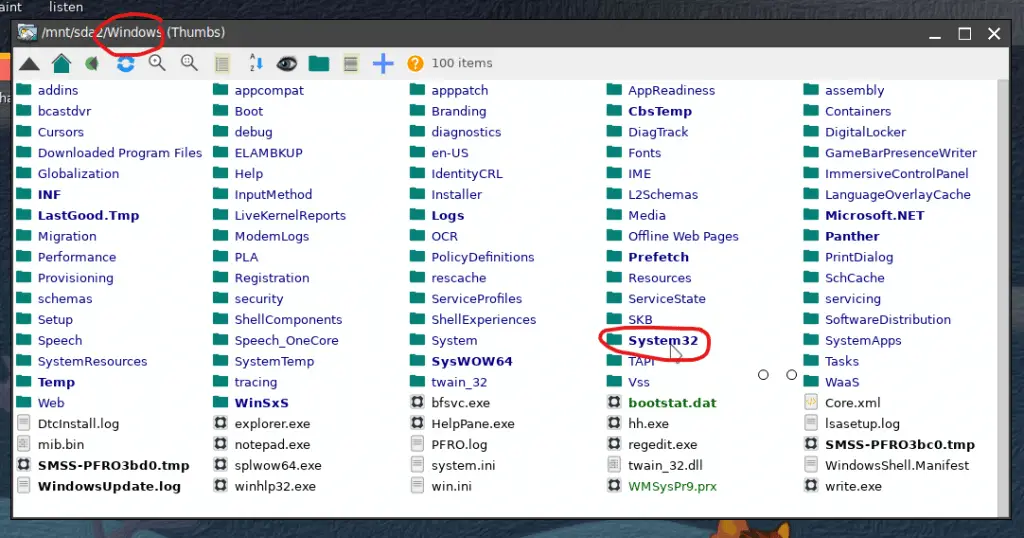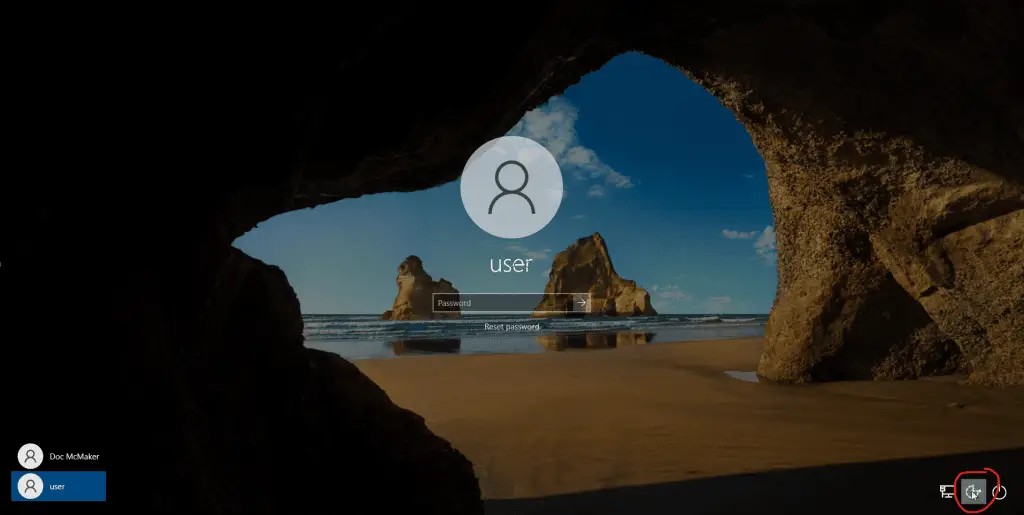Have you ever been locked out of a Windows system by either a forgotten password or maybe someone left the company and wasn’t kind enough to put the password on a sticky note on their monitor or under their keyboard?
Well, I have a method for you that will help! Following these steps has saved my clients and me more than once. All kinds of situations have come up, especially when someone leaves a company on bad terms and thinks they will get one over on the team by locking their work behind a crazy password. Not too long ago, a local company called after the owner forgot his password after being on vacation for two weeks. I saved the day by having backups of their Bitlocker Keys and using this trick to reset the password.
For this, you will need a bootable Linux system. I recommend Puppy Linux as it is tiny, and you can put it on a flash drive and keep it with you easily. It is also a Linux distro that will work out of the box to read and write to NTFS, where I have had issues with others.
If you need help getting a bootable Linux drive setup, check out my article about that: Setting Up Bootable Linux USB.
Resetting Windows Passwords Using Linux

- Plug the USB drive into a USB port on your computer.
- Restart or turn on your computer.
- Press the key to enter the BIOS or UEFI firmware settings; this key can vary depending on the computer and BIOS/UEFI firmware; common keys include F1, F2, F10, Delete, Esc, etc.
- Locate the boot options menu and select the option to boot from USB. The key to enter this option varies by the BIOS/UEFI firmware and computer.
- Save your changes and exit the BIOS/UEFI settings.
- Your computer should now boot from the USB drive.
- Puppy system can take several minutes to boot and have text that looks like this:

- The booted system will look like this, and you will see several drives listed in the bottom left of the screen:

- Click the drives till you find the one that shows Windows System Files it will look like this:

- Open Windows > System32 Folders, and you will get a list of system programs:

- Scroll down and find the file named Utilman.exe:

- Right click the file and select Rename in the File Options:

- Change the name to Utilman.exe.bak

- Now scroll up and find cmd.exe, and this time we will duplicate the file renaming it in the process:


- Rename the duplicate file to Utilman.exe:

- Shutdown puppy by selecting the menu and power option, then shut down don’t worry about saving anything (unless you make customizations)
- Reboot.
- On system login, you will see the ease of access icon in the lower right-hand corner of the screen:

- A command window will open, and you can type the command to change the password for a user. The command is: user <username> <Password>
As you can see in the picture, the username is “user,” and the password is “TEST”

- Login using the new password you just set:

- To clean up the file changes, the easiest way is to run an administrative command prompt and run the command:
SFC /scannow
Each time the command runs, it will clean the system files, replacing the ones we changed. Run it until it tells you no integrity violations were found.

This “trick” is great in a pinch and I hope it helps you as it has helped me so many times.
